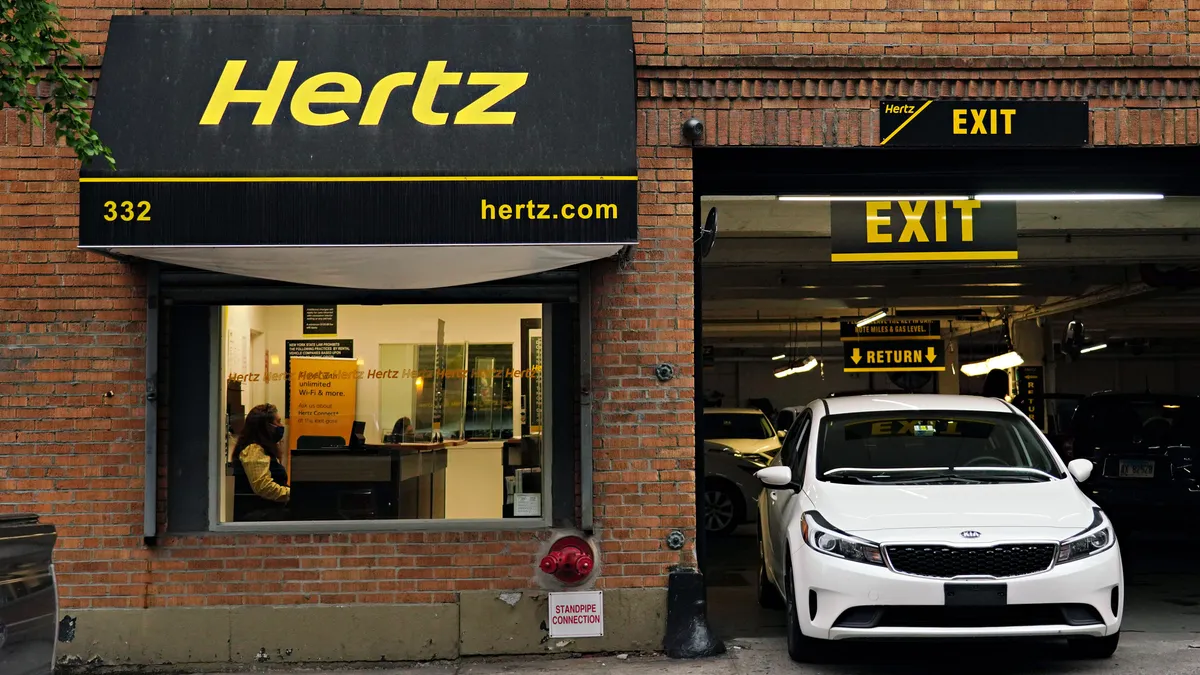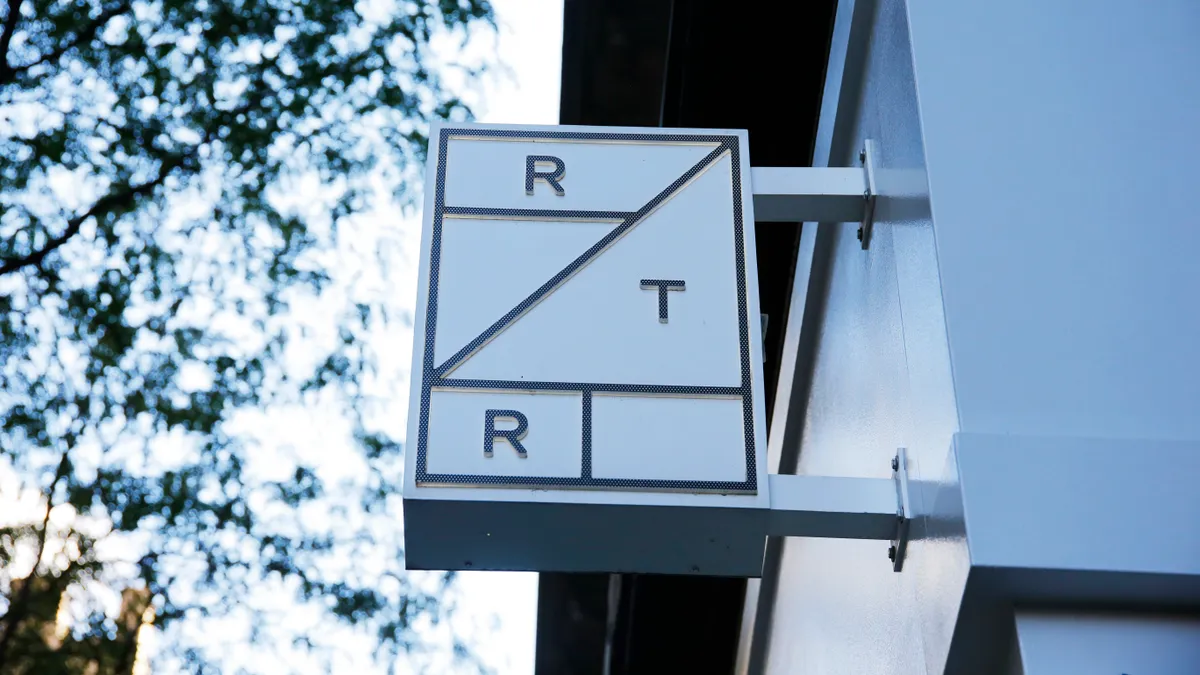Hertz, the global rental car giant, raised customers’ hackles after it deployed an AI system to scan vehicles for damage and bill them automatically.
Adam Foley, an AI and automation consultant and founder of Foley Digital Advisory, was one of those customers. When Foley picked up his rental car from Hartsfield-Jackson Atlanta International Airport, he noticed high-resolution cameras but thought they were for internal maintenance.
He never expected to receive a bill for vehicle damage without speaking to a human but received an automated text message and email informing him that Hertz had found damage, along with $350 in charges.
“It definitely blindsided me,” Foley said. “There wasn't any clear warning that damage detection would take place — probably buried somewhere in the fine print.”
Foley was particularly miffed that Hertz charged $190 in “fees.”
When he contacted Hertz to complain, Foley was unable to speak with a human. Instead, the company’s chatbot “looped” through the policy, Foley said.
“I decided I wasn't going to pay it and made a LinkedIn post that went viral,” Foley said. “After seven weeks and multiple media outlets calling them, they finally decided to waive my fees.”
Hertz is just one of many companies to spark consumer backlash as businesses everywhere rush to adopt AI and deploy the technology before it’s ready, said Audrey Chee-Read, principal analyst at Forrester.
In an emailed statement, Hertz defended its decision, arguing that the system is more efficient and addresses a customer pain point.
“For years, vehicle damage inspections have caused confusion and frustration. The process was manual, subjective, and inconsistent, and that isn’t good enough for our customers or our business,” Hertz spokesperson Emily Place said. “We know change of this scale takes time, and we’re listening, learning, and improving every day.”
But that’s unlikely to assuage customers’ concerns, Chee-Read said.
“Nobody wants to be charged more, even if there was damage, right?” Chee-Read said.
The plan at Hertz
Hertz says it is rolling out the technology gradually and continually refining its process.
When a vehicle is picked up and returned, the UVeye-developed system captures 360-degree images of the vehicle's body, tires, glass and undercarriage, Place said.
Then it uses AI to compare the before and after images, identifies any damage and bills customers automatically for damages exceeding its billable threshold, Place said. Fewer than 3% of the vehicles scanned by the system are billed for damages, Place said.
Customers can contact Hertz’s customer care team to dispute damage charges by chat, email, phone or social media, Hertz said. However, customers cannot contact a human through Hertz’s mobile app, though the company says it plans to add that functionality.
But that's little solace to affected customers. In designing its mobile experience, Hertz appears to have prioritized its short-term financial interests over customer experience. That could have lasting effects on its brand reputation and lifetime customer value.
"It feels like it's really benefiting the company more than the customer,” Chee-Read said. "Having a technology to assess damages that may be general wear and tear or invisible to the human eye will feel even more emotionally upsetting to the customer, where it doesn't feel like it's value to the customer."
For instance, the company made it more difficult for customers to dispute charges by not allowing them to do it through its mobile app.
To Foley, who has deployed AI systems for his clients, that’s bad design. "Any system I've built has humans take over after two to three disgruntled messages from a user, especially at the very beginning," Foley said.
Human oversight is essential because AI-powered systems cannot effectively make judgment calls, especially those based on emotion, Chee-Read said.
“For the AI technology, it’s much more black and white,” Chee-Read said.
The butler approach
To avoid AI-related consumer backlash, CX leaders must exercise caution before implementing consumer-facing technologies, experts say.
“I often advise our retail clients to think of your customer-facing AI implementations from the perspective of a butler and less like a stalker,” said John Dubois, EY Americas AI strategy leader. “So, these systems should be in service of the customer and workforce and less about maximizing every dollar you can get out of your customer.”
Hertz, for instance, could have piloted the technology, not just the location, and it could have allowed customers to opt into the pilot, Chee-Read said.
Clear, consistent and transparent communication with customers is key, experts say.
“Without transparency, consumers will assume that organizations are using AI to automate processes like this to maximize their own profits,” Dubois said. It should feel “more like they are optimizing the process in service of their customer rather than doing something to our customers or to maximize our financial gains.”
Hertz sent mixed messages with its carrot-and-stick approach, Foley said. The invoice said he could get a discount if he paid immediately and that “if you don’t pay, there could be additional court fees and administrative costs.”
"They've looked into all the legality but none of the ethics or consumer experience,” Foley said.
Ultimately, CX leaders must ensure that their organization, and its technology, are treating its customers well, experts say. Adopting technology without taking the customer’s experience into consideration can quickly turn into lost loyalty.


















